Laid-back loving: a bijou Mexican escape for two

Located just a short walk from the sea, Casa Tiny can be found nestled in an area of dense vegetation near the surf town of Puerto Escondido, on Mexico's idyllic Oaxacan coast. One of the first built offerings from young architect Aranza de Ariño, the little beach house is a compact, romantic retreat for two.
Happily isolated, the holiday home consists of a kitchen, bathroom and open mezzanine bedroom, reached by simple alternating tread stairs. Its neat plan is imbued with a self-sufficient spirit, designed with Henry David Thoreau’s seminal text Walden and John Burroughs’ New York state cabin, Slabsides, in mind.
The strongly gabled roof, which catches the breeze from the sea, is a playful reference to the Tiny House Movement in America where, in reaction to high rents, people began building their own 100–200 ft homes. But Casa Tiny is far from makeshift – rather, it's a sturdy construction built to withstand the elements.

Take an interactive tour of Casa Tiny
The roof, floor slabs, stairs and furniture are all built out of concrete, which appears everywhere in the house, giving it a robust feel. The other main building material is the native parota wood, a dark honey coloured timber less dense than other exotic hard-woods. This is used for the doors, windows, closets and shelves. While the house is small, the durable construction makes Casa Tiny feel opulent and secure.
Two concrete terraces extend out from the core, one encompassing the swimming pool and the second an extension of the kitchen. Its concrete dining table runs continuously from the cooking area to the terrace, encouraging dwellers to throw open the shutters and mellow out with nature.
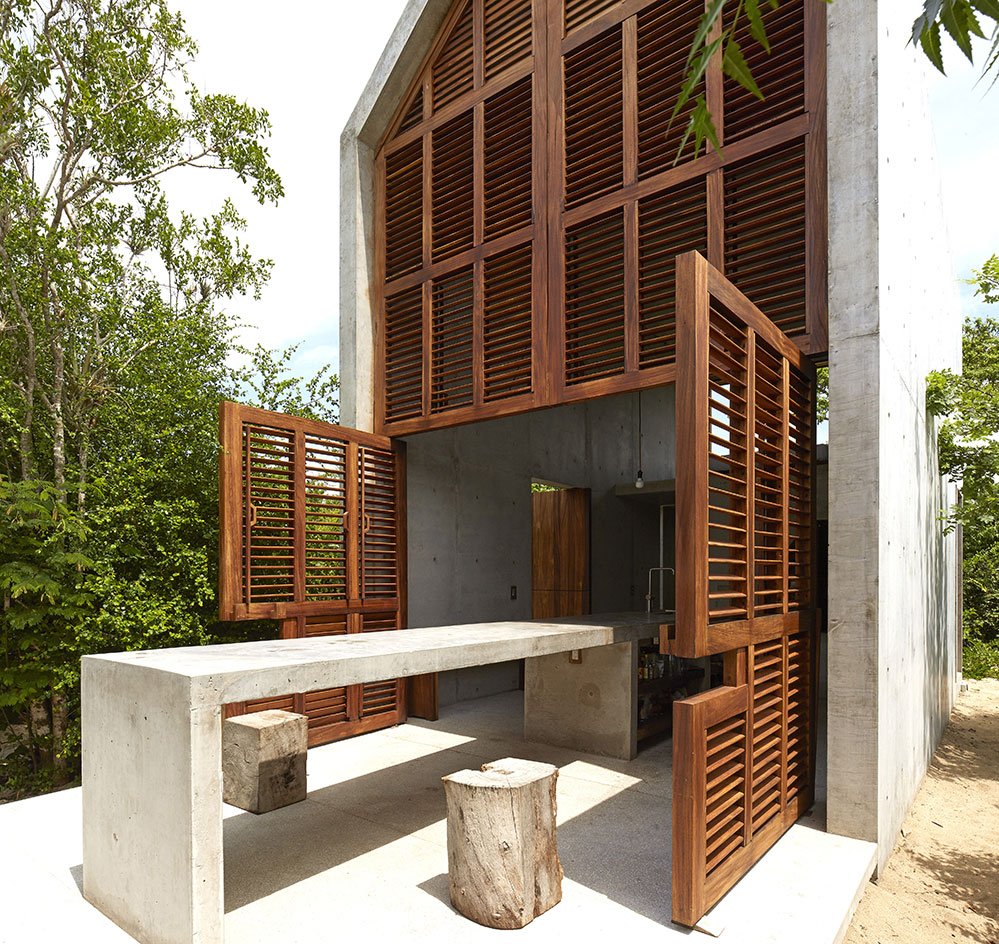
Concieved as a bijou holiday home, Casa Tiny is the perfect retreat for two
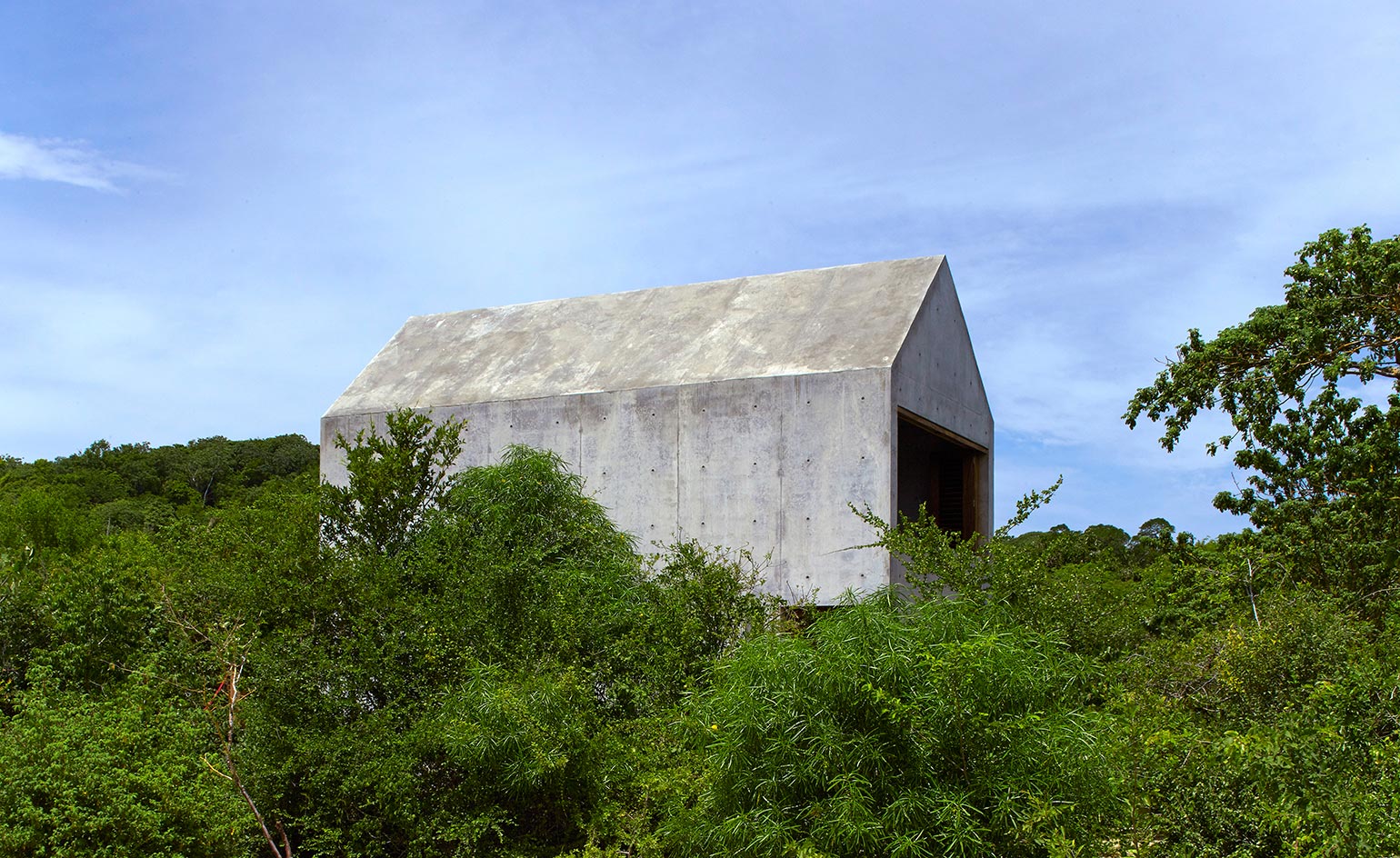
The house is located near the town of Puerto Escondido on Mexico’s Oaxacan coast
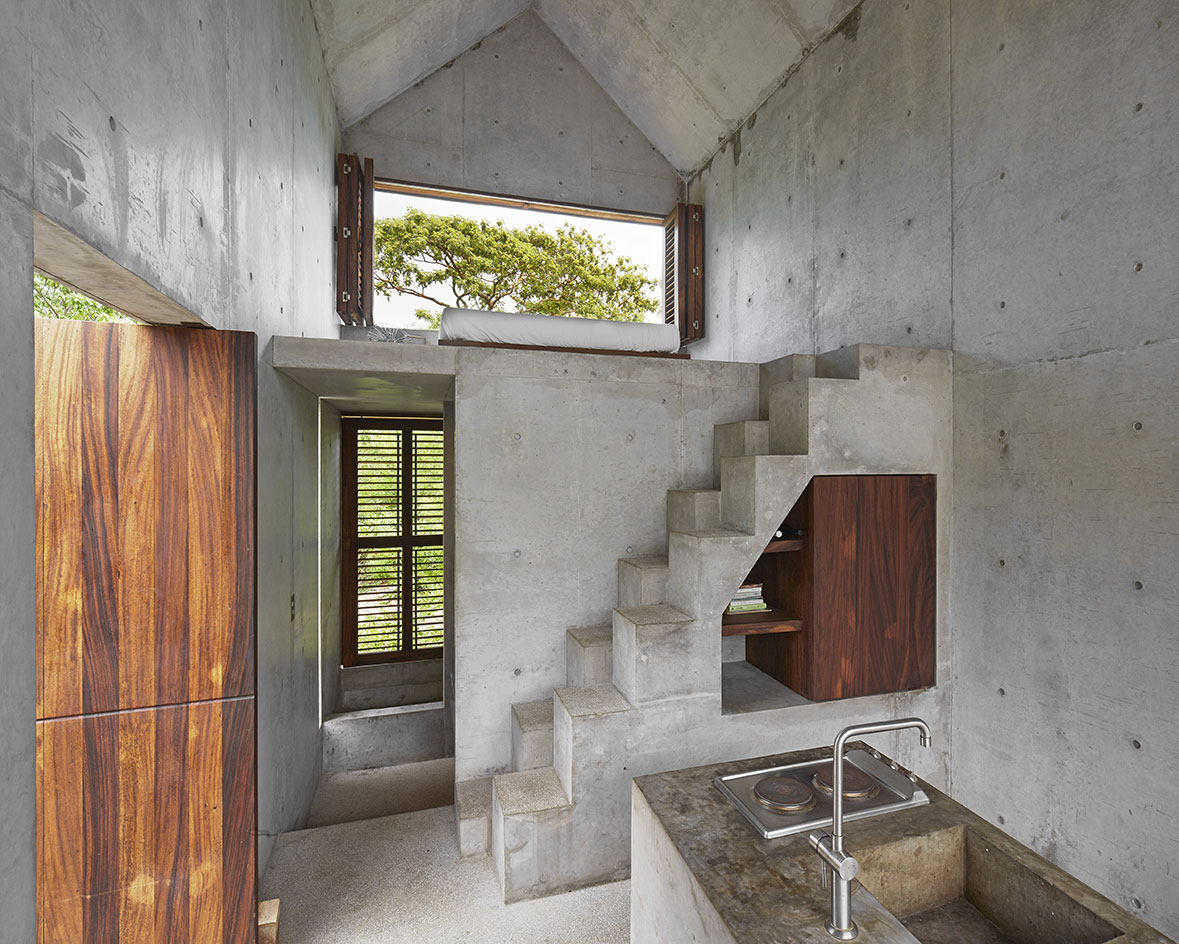
Concrete and parota wood are the only two building materials used in the construction
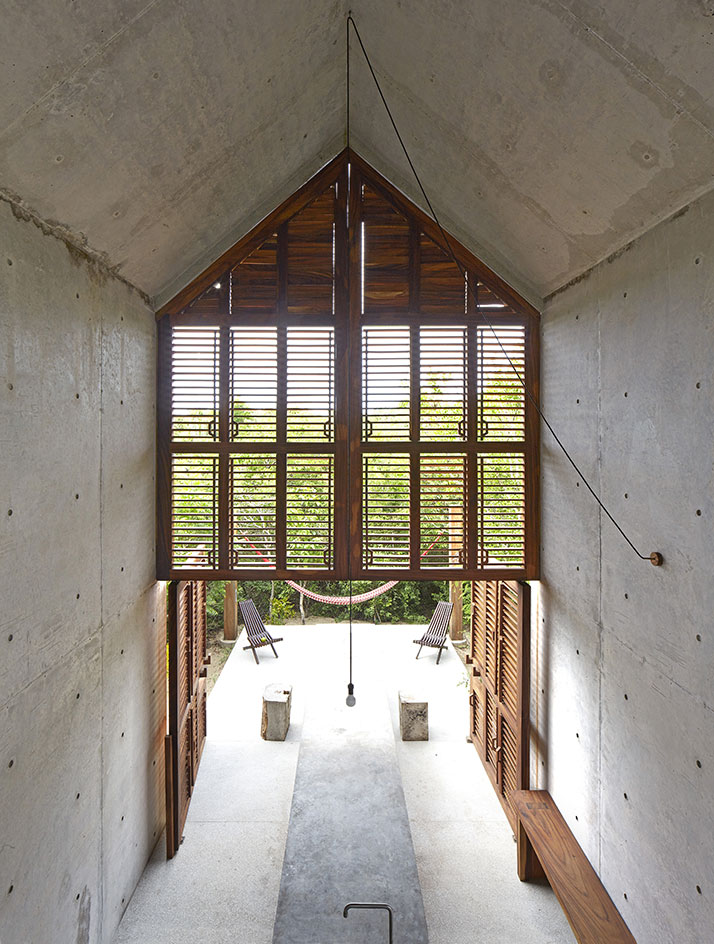
The fast-growing wood – used, for example, for the house’s shutters – is native to this part of the Americas

Orientated towards the sea, the high gabled roof of Casa Tiny welcomes in the salty breeze
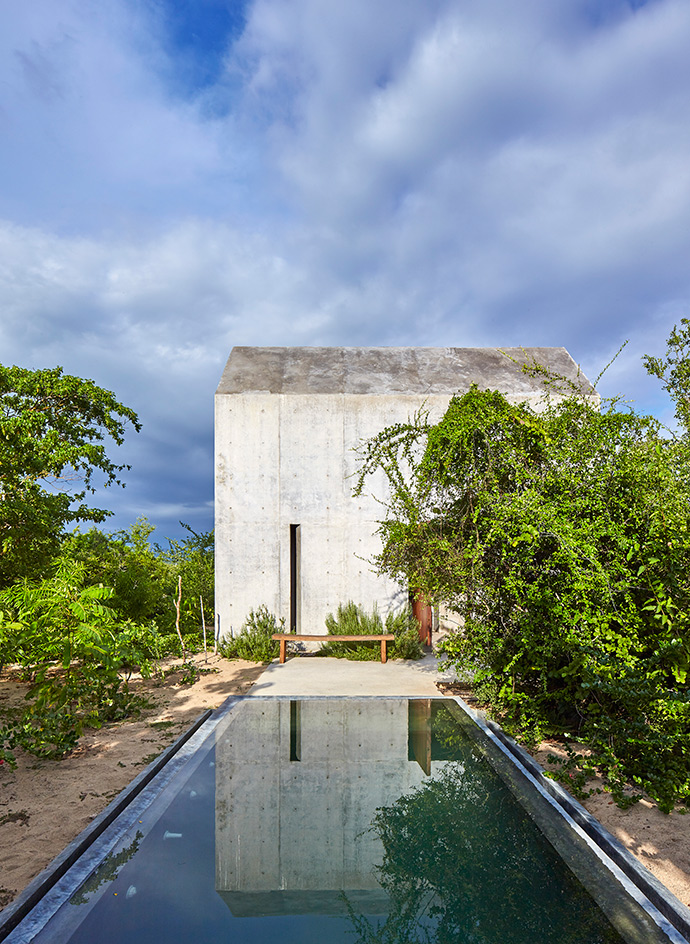
The pool is built into the concrete terrace just outside the house
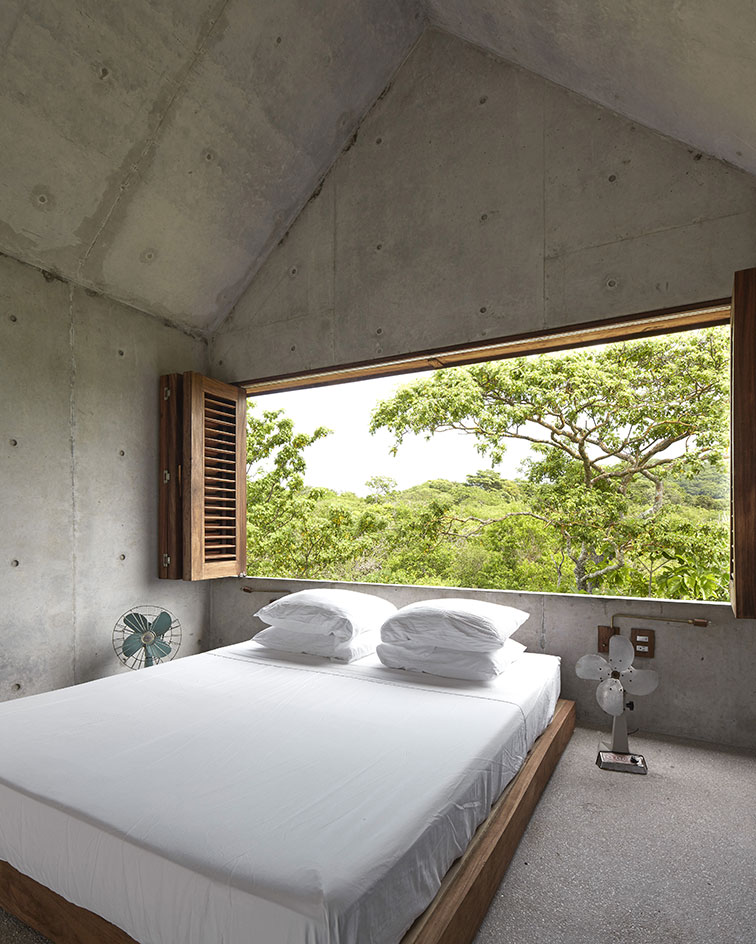
The bedroom is on a mezzanine level and features a generous window framing the wilderness beyond
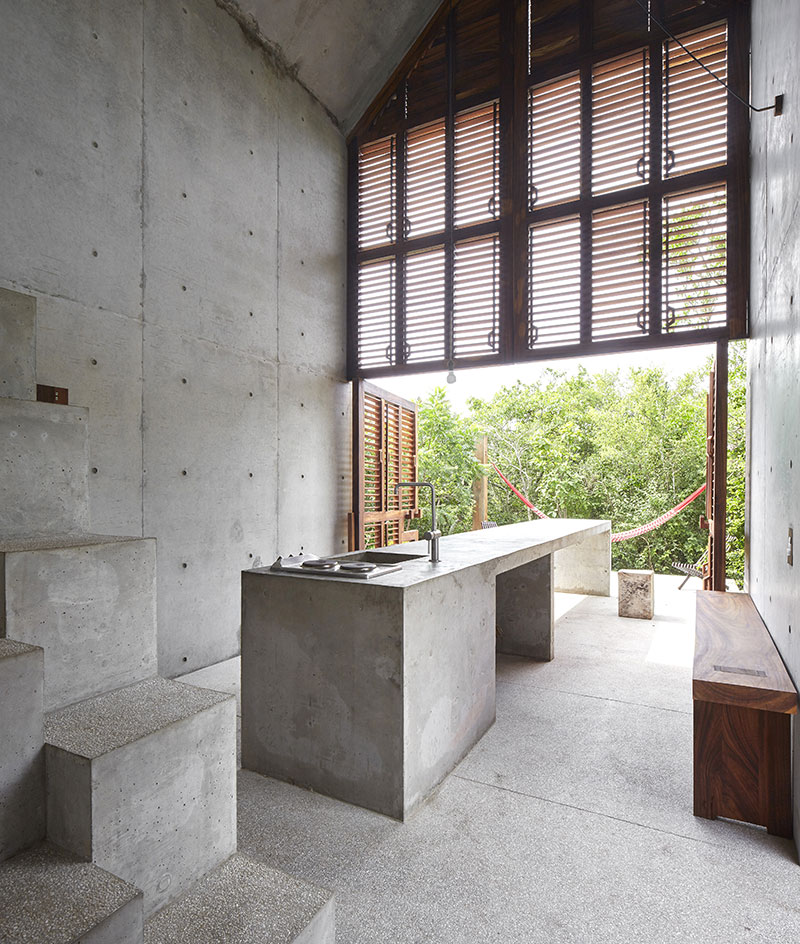
The concrete dinning table runs continuously from the kitchen out onto the terrace, uniting inside and out
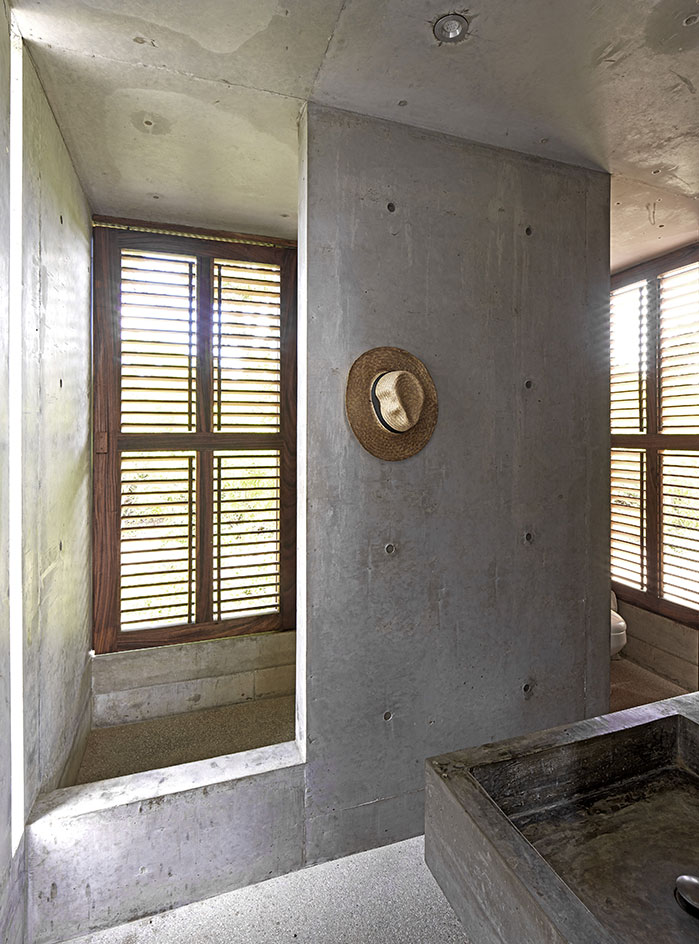
The house was built to withstand contact with the abundant nature that surrounds it
Receive our daily digest of inspiration, escapism and design stories from around the world direct to your inbox.
Harriet Thorpe is a writer, journalist and editor covering architecture, design and culture, with particular interest in sustainability, 20th-century architecture and community. After studying History of Art at the School of Oriental and African Studies (SOAS) and Journalism at City University in London, she developed her interest in architecture working at Wallpaper* magazine and today contributes to Wallpaper*, The World of Interiors and Icon magazine, amongst other titles. She is author of The Sustainable City (2022, Hoxton Mini Press), a book about sustainable architecture in London, and the Modern Cambridge Map (2023, Blue Crow Media), a map of 20th-century architecture in Cambridge, the city where she grew up.
-
 Usher opens up about breakfast playlists, banana pudding and why a glass tumbler is always on his rider
Usher opens up about breakfast playlists, banana pudding and why a glass tumbler is always on his riderOn the heels of a collaboration with Baccarat, the Grammy-winning singer-songwriter breaks down his entertaining tips. 'Hosting is an expression of how you feel about your guests and also who you are.'
-
 The beauty trends that will define 2026, from ultra-niche fragrances to anti-ageing dental care
The beauty trends that will define 2026, from ultra-niche fragrances to anti-ageing dental careAs we enter the new year, we speak to experts in fragrance, skincare, aesthetics, wellness and more about the trends that will be shaping the way we look
-
 The most stylish hotel debuts of 2025
The most stylish hotel debuts of 2025A Wallpaper* edit of this year’s defining hotel openings. Design-led stays to shape your next escape
-
 For Rodríguez + De Mitri, a budding Cuernavaca architecture practice, design is 'conversation’
For Rodríguez + De Mitri, a budding Cuernavaca architecture practice, design is 'conversation’Rodríguez + De Mitri stands for architecture that should be measured, intentional and attentive – allowing both the environment and its inhabitants to breathe
-
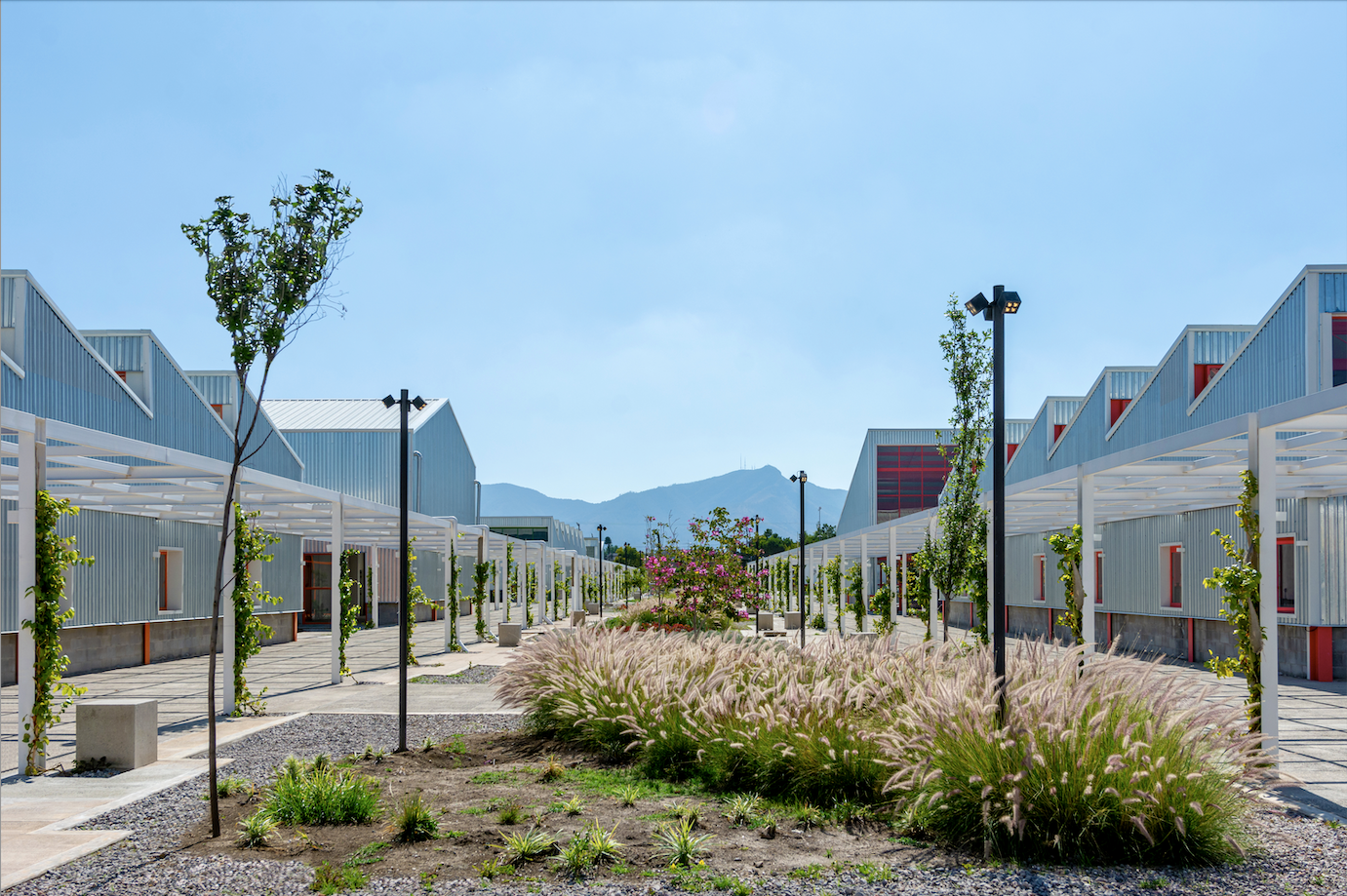 Mexico's Office of Urban Resilience creates projects that cities can learn from
Mexico's Office of Urban Resilience creates projects that cities can learn fromAt Office of Urban Resilience, the team believes that ‘architecture should be more than designing objects. It can be a tool for generating knowledge’
-
 These Guadalajara architects mix modernism with traditional local materials and craft
These Guadalajara architects mix modernism with traditional local materials and craftGuadalajara architects Laura Barba and Luis Aurelio of Barbapiña Arquitectos design drawing on the past to imagine the future
-
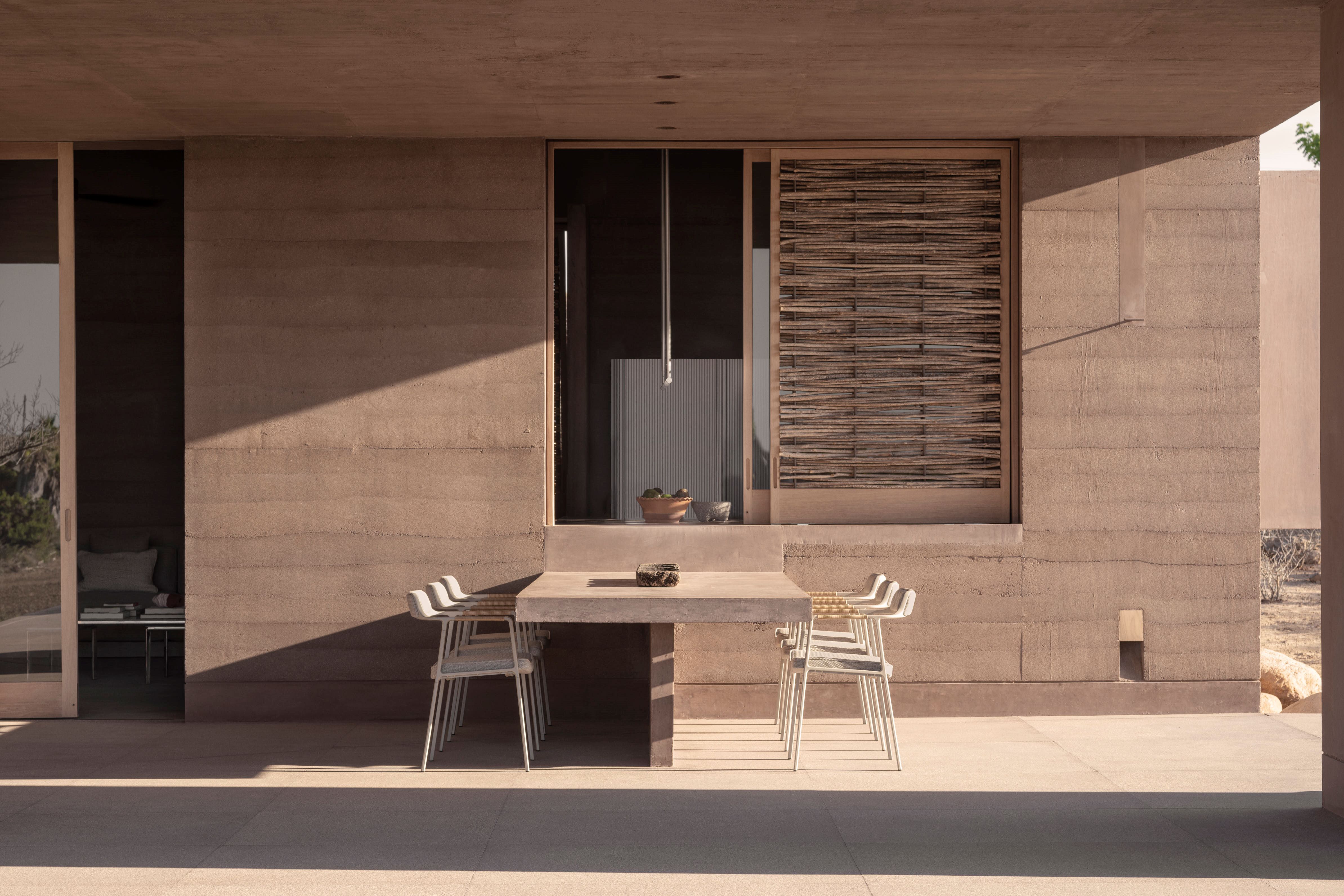 This Mexican architecture studio has a surprising creative process
This Mexican architecture studio has a surprising creative processThe architects at young practice Pérez Palacios Arquitectos Asociados (PPAA) often begin each design by writing out their intentions, ideas and the emotions they want the architecture to evoke
-
 The architecture of Mexico's RA! draws on cinematic qualities and emotion
The architecture of Mexico's RA! draws on cinematic qualities and emotionRA! was founded by Cristóbal Ramírez de Aguilar, Pedro Ramírez de Aguilar and Santiago Sierra, as a multifaceted architecture practice in Mexico City, mixing a cross-disciplinary approach and a constant exchange of ideas
-
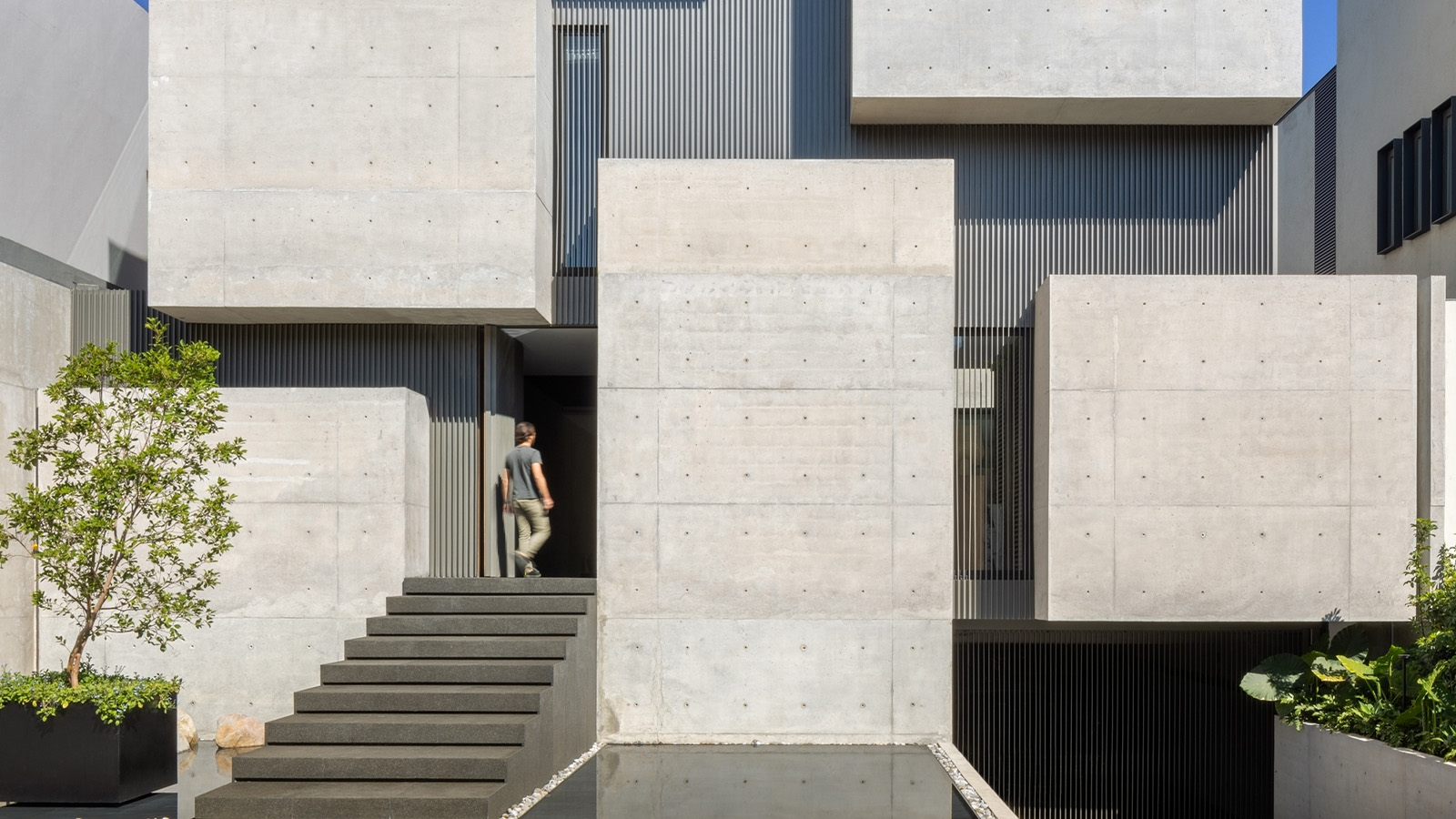 A cubist house rises in Mexico City, its concrete volumes providing a bold urban refuge
A cubist house rises in Mexico City, its concrete volumes providing a bold urban refugeCasa Ailes, a cubist house by Jaime Guzmán Creative Group, is rich in architectural expression that mimics the dramatic and inviting nature of a museum
-
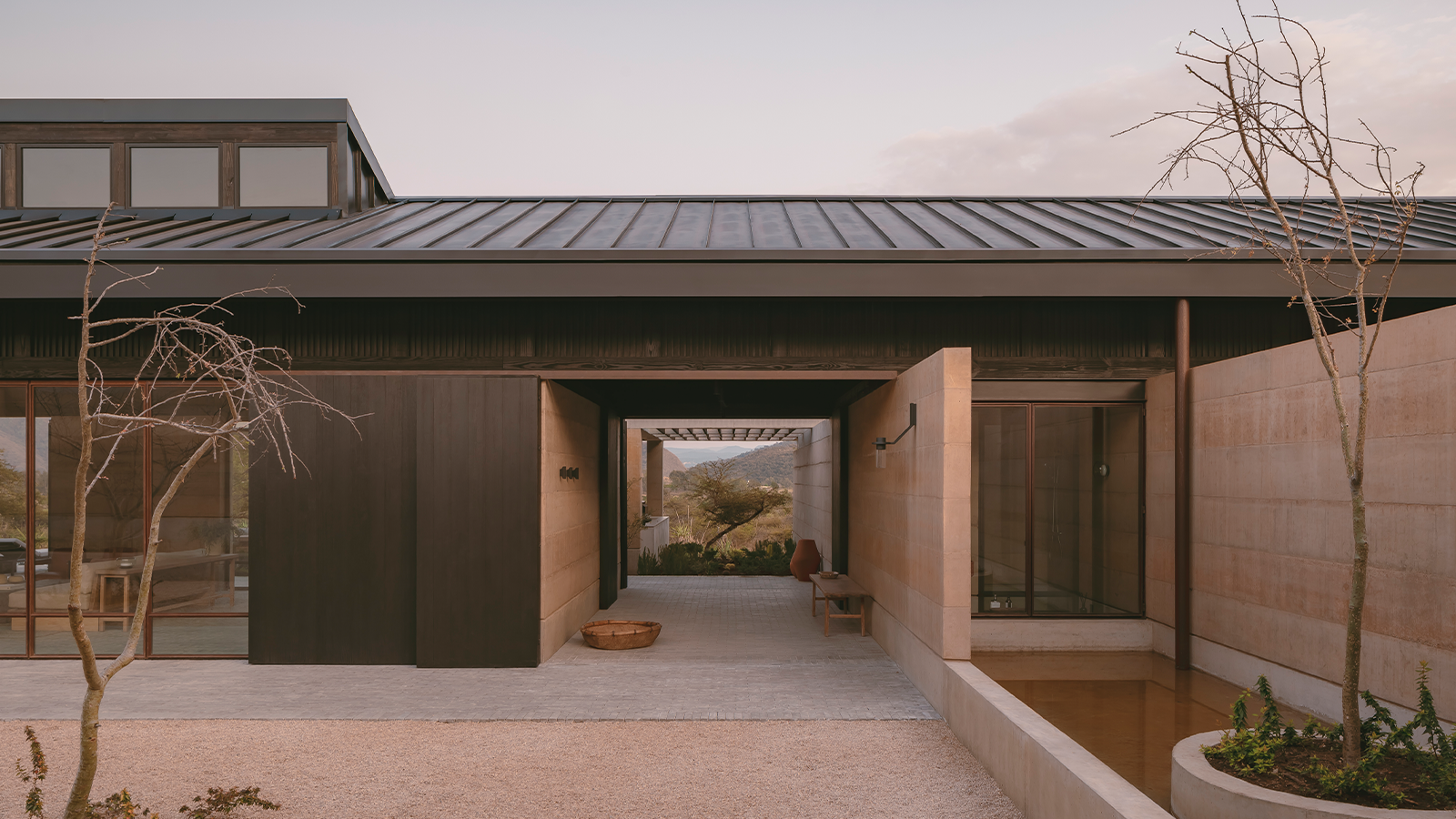 Serenity radiates through this Mexican home, set between two ravines
Serenity radiates through this Mexican home, set between two ravinesOn the cusp of a lakeside town, Mexican home Casa el Espino is a single-storey residence by Soler Orozco Arquitectos (SOA)
-
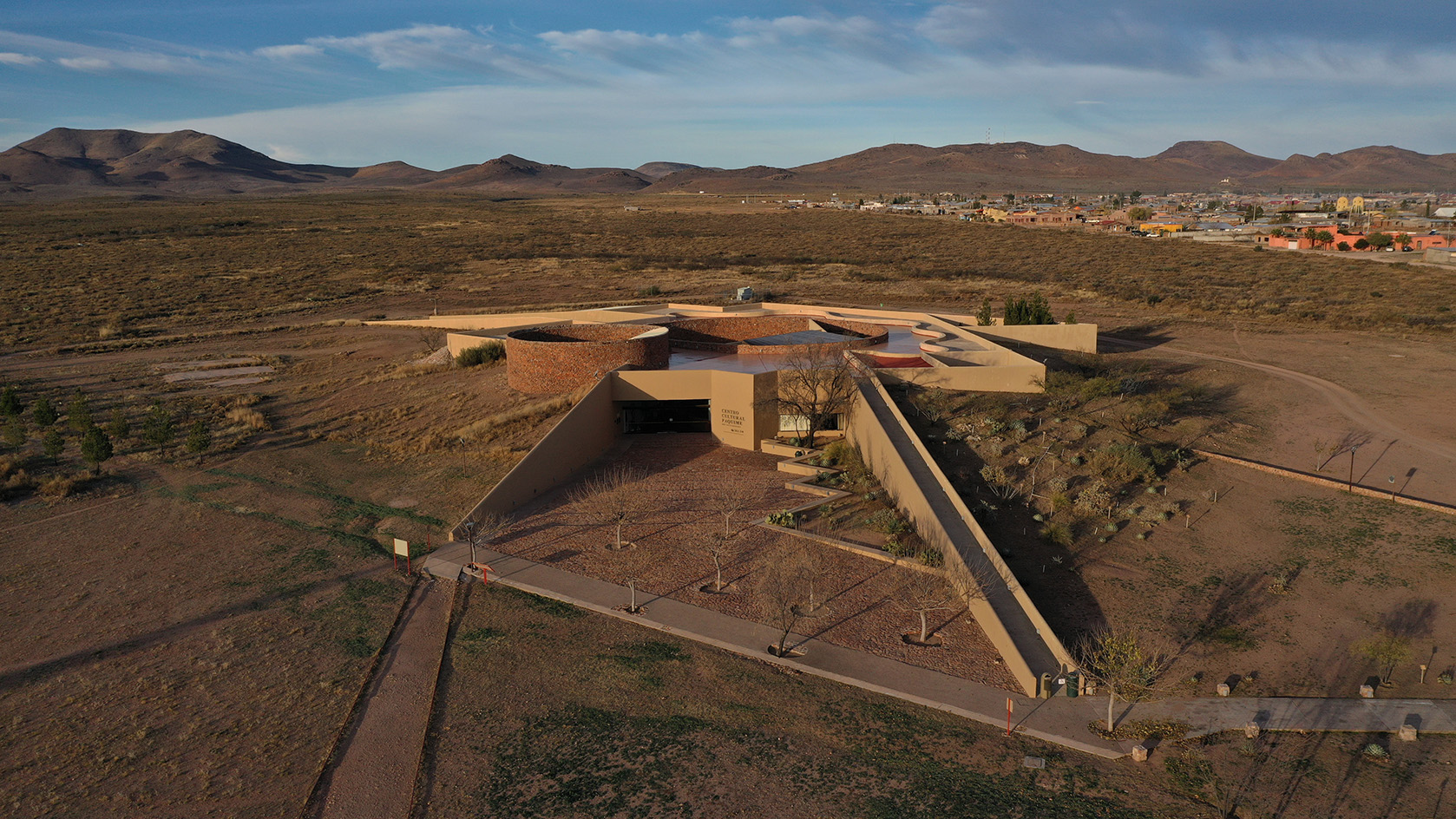 Mexican landscape architect Mario Schjetnan's Grupo de Diseño wins 2025 Oberlander Prize
Mexican landscape architect Mario Schjetnan's Grupo de Diseño wins 2025 Oberlander PrizeThe 2025 Oberlander Prize goes to Mexican landscape architect Mario Schjetnan and his studio, Grupo de Diseño, highlighting the creative's motto: 'We have a human right to open space'